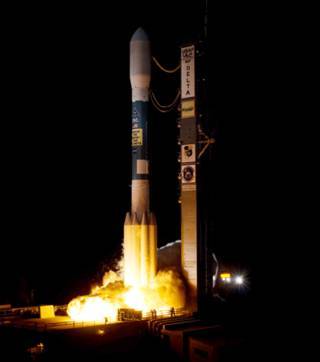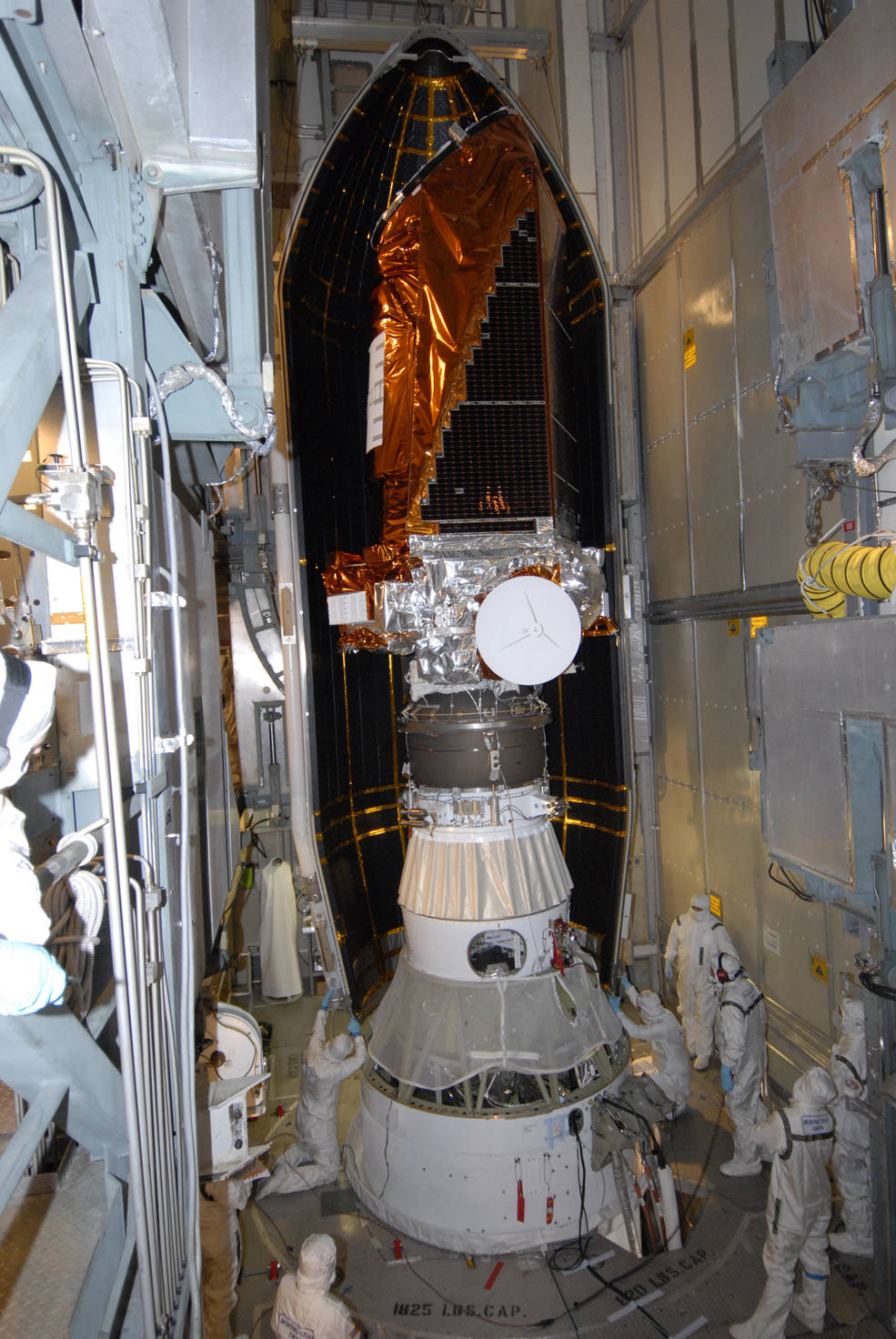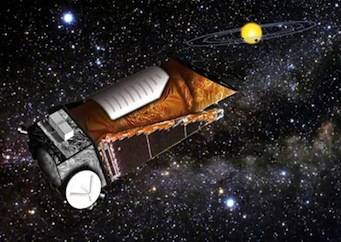Are we alone in the universe or is the cosmos teeming with life? A question humans have pondered for centuries. Perhaps the famous author Arthur C. Clarke put it best, “Two possibilities exist: Either we are alone in the Universe or we are not. Both are equally terrifying.” One step in trying to answer the question is to learn whether planets exist outside our solar system, known as extrasolar planets or simply exoplanets. Philosophers and scientists including Sir Isaac Newton as early as the 16th century quite reasonably postulated that stars are distant cousins of our Sun and therefore are likely to be accompanied by planets of their own. But it wasn’t until 1992 that scientists confirmed the discovery of the first exoplanets, several super-Earth-sized planets orbiting around a pulsar.
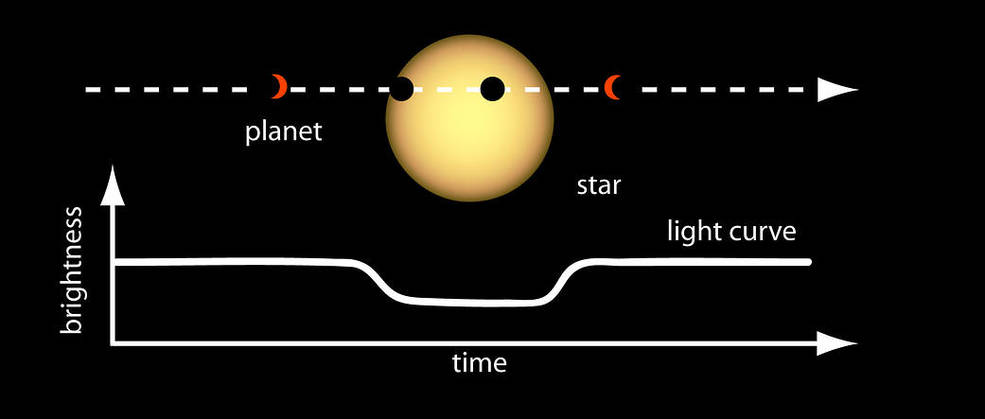
Illustration of the transit photometry method of exoplanet detection.
How does one actually go about finding planets around stars many light-years away? The challenge is quite daunting, given that stars, despite appearing as mere points of light even in the largest telescopes, are actually very large and bright, while their planets are comparatively very small and dark. Astronomers have come up with several methods, mainly to indirectly infer the presence of one or more planets by using extremely sensitive instruments to detect minute changes in a star’s movement or brightness. The transit photometry method takes advantage of the fact that a star’s light will dim slightly every time an orbiting planet passes between it and the Earth. Currently, this is the most effective and sensitive method for detecting exoplanets, particularly from an observatory in space, the main disadvantage being that a planet must actually pass in front of the star as viewed from Earth, which is more the exception than the rule. The greatest advantage is that hundreds, if not thousands of stars can be observed simultaneously for the telltale signs of orbiting planets, leading to a surge of new discoveries in the past few years. These methods provide indirect evidence that exoplanets exist.
To take full advantage of the transit photometry method, NASA launched the Kepler observatory on March 6, 2009. The spacecraft is managed by the Ames Research Center in California’s Silicon Valley and is named after German mathematician and astronomer Johannes Kepler (1571-1630), best known for his laws of planetary motion. The Kepler spacecraft was designed to discover Earth-size exoplanets, in particular planets in the habitable or Goldilocks zone (neither too hot nor too cold to support life as we know it). Based on those discoveries, scientists hope to estimate how many of the billions of stars in the Milky Way are accompanied by those kinds of planets. By comparison, in our solar system Venus, Earth, and Mars are all technically in the habitable zone, but unique attributes of both Venus and Mars make them unlikely to harbor life today.
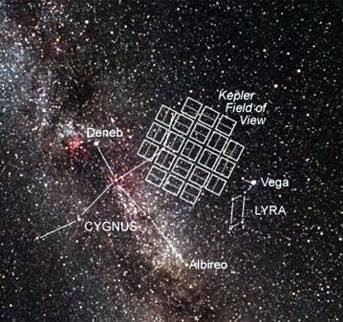
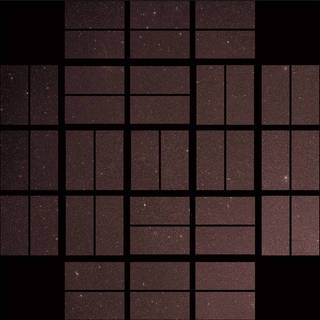
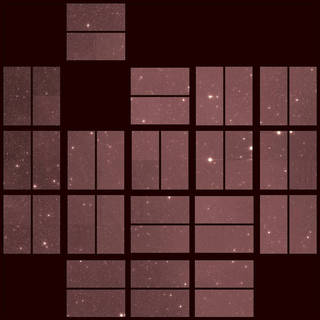
Left: The Kepler spacecraft’s field of view in the constellations Cygnus, Lyra and Draco. Middle: Kepler’s first light image in 2009. Right: Kepler’s last light image in 2018.
Placed in an Earth-trailing solar orbit, Kepler was a space observatory equipped with just one instrument, essentially a camera, and accomplished its mission simply by staring at the same bit of sky, a field that included the constellations Cygnus and Lyra. Its field of view encompassed 115 square degrees, about 0.25 percent of the sky, or roughly equivalent to two scoops of the Big Dipper. Within that field, Kepler continually monitored the brightness of more than 150,000 stars for what was to be a 3.5-year mission. However, first one and then a second of the four reaction wheels critical for pointing the spacecraft failed, and by May 2013 the collection of science data came to an unexpected and disappointing halt.
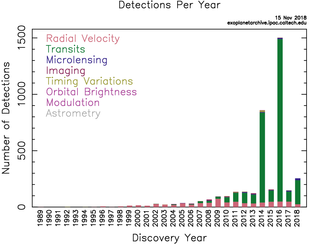
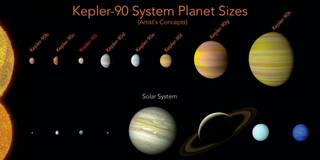
Left: Graph showing the number of exoplanets discovered each year. The peaks in 2014 and 2016 are principally due to exoplanet discoveries by the Kepler spacecraft. Graph courtesy of Caltech. Right: Illustration of the Kepler-90 planetary system (top) compared with our solar system (bottom).
Nevertheless, by that time Kepler had collected sufficient data to identify hundreds of exoplanets, and mission scientists have established that Earth-sized planets orbiting in the habitable zones around sun-like stars are common. In 2014, engineers found a way to stabilize the spacecraft despite the loss of two reaction wheels, and scientists and mission planners came up with an alternate “Second Light” or K2 mission that continued to utilize Kepler’s limited pointing accuracy for finding more exoplanets and conducting other astronomical studies. This extended mission continued until Kepler ran out of attitude control fuel and controllers deactivated the spacecraft in November 2018.
During its nearly 10-year mission, Kepler confirmed the discovery of more than 2,600 exoplanets – our galaxy is teeming with Earth-size and larger planets! Many of these star systems contain more than one planet, proving there are more planets than stars. And the diversity of planets is astonishing – in fact the most common size of planet that Kepler discovered, between the Earth and Neptune in size, doesn’t exist in our solar system. Many of the exoplanets orbit their parent stars much closer than any planet in our solar system. The Kepler-90 system contains eight planets, just like our solar system, and similarly its smaller planers orbit closer than the larger ones. Where the similarity ends is how close the Kepler-90 planets orbit their parent star – all eight orbit closer than the Earth does to our Sun! The “year” on the innermost planets takes only a few days.
And although Kepler has stopped collecting science data, processing, analysis, and interpretation continue. And the era of exoplanet discovery is continuing – NASA launched Kepler’s successor, the Transiting Exoplanet Survey Satellite (TESS), on April 18, 2018, which uses the technique pioneered by Kepler to find exoplanets orbiting bright, nearby stars.
For more information about the Kepler mission, see Kepler and K2 Missions
For the latest information on exoplanets, see https://exoplanets.nasa.gov/




























